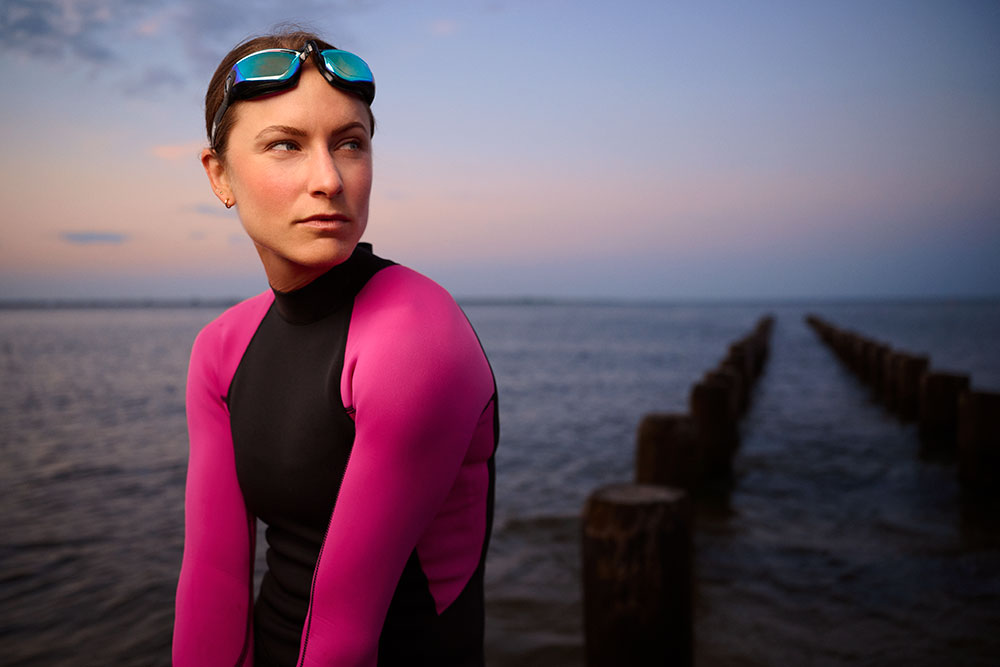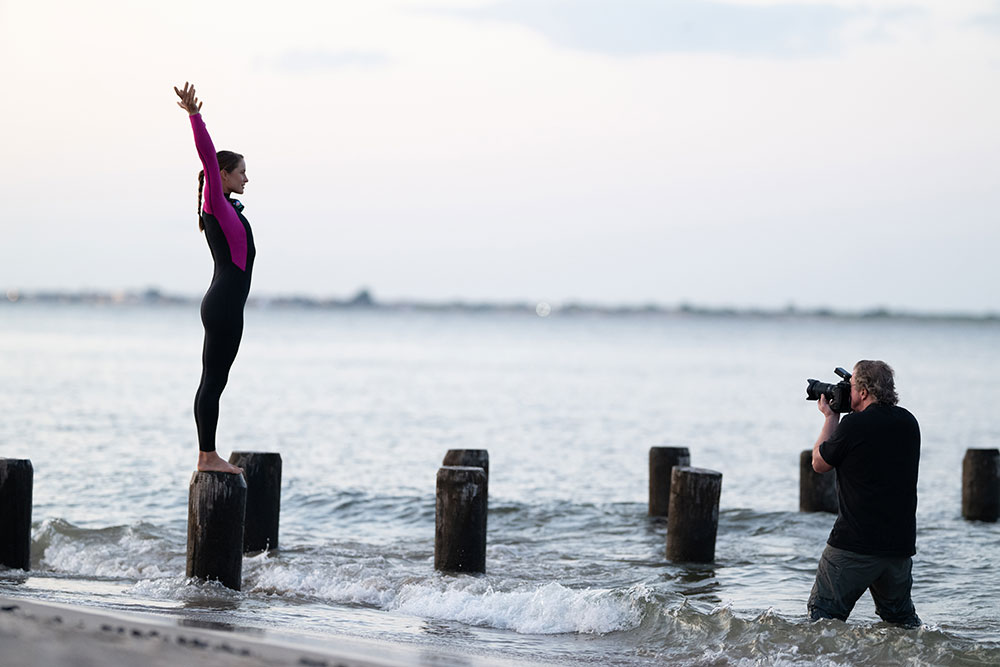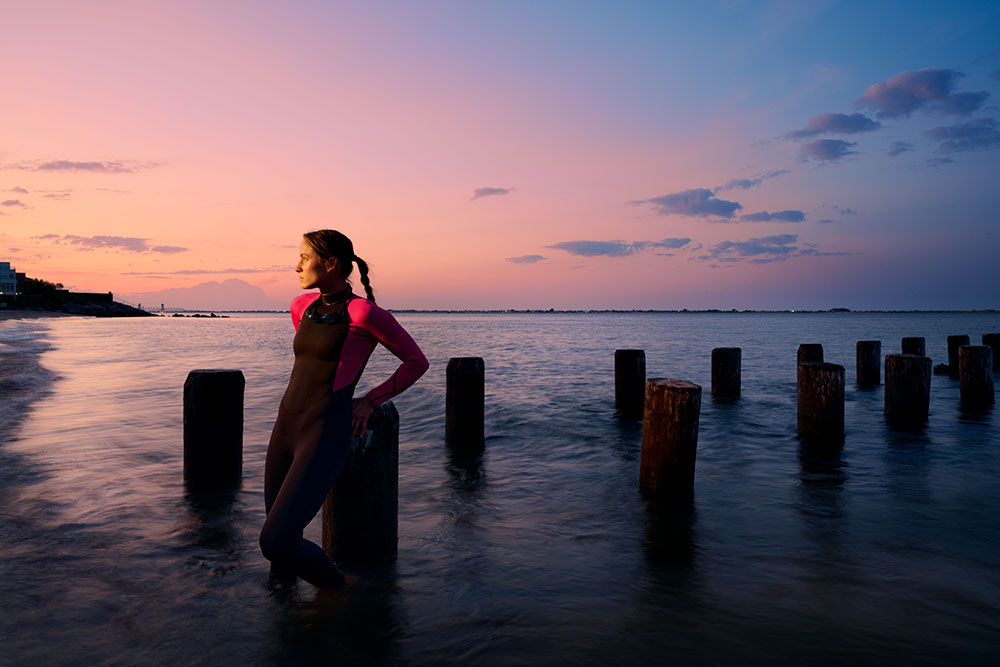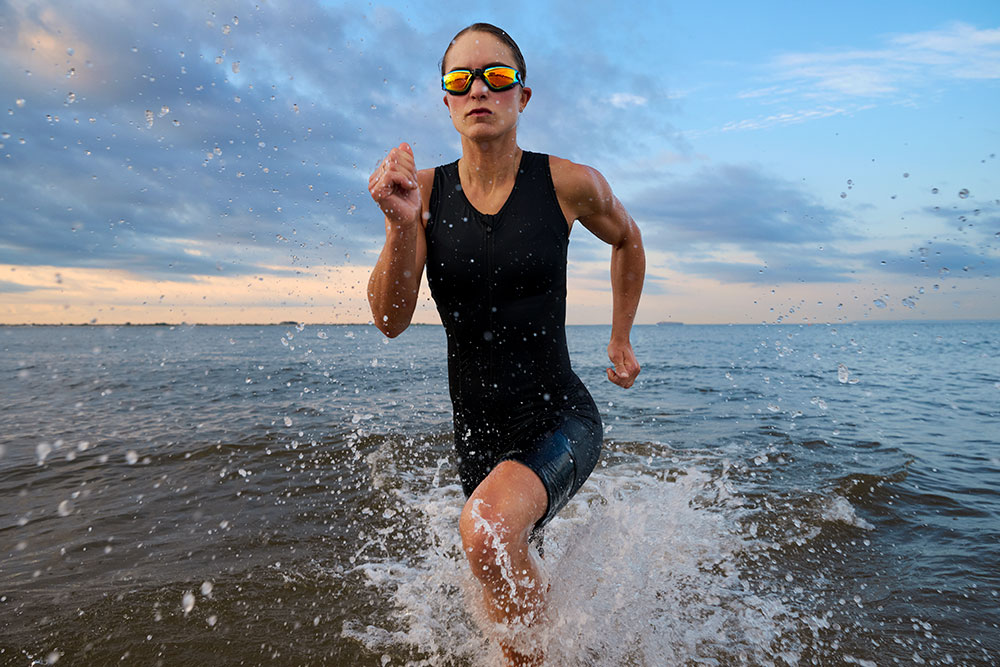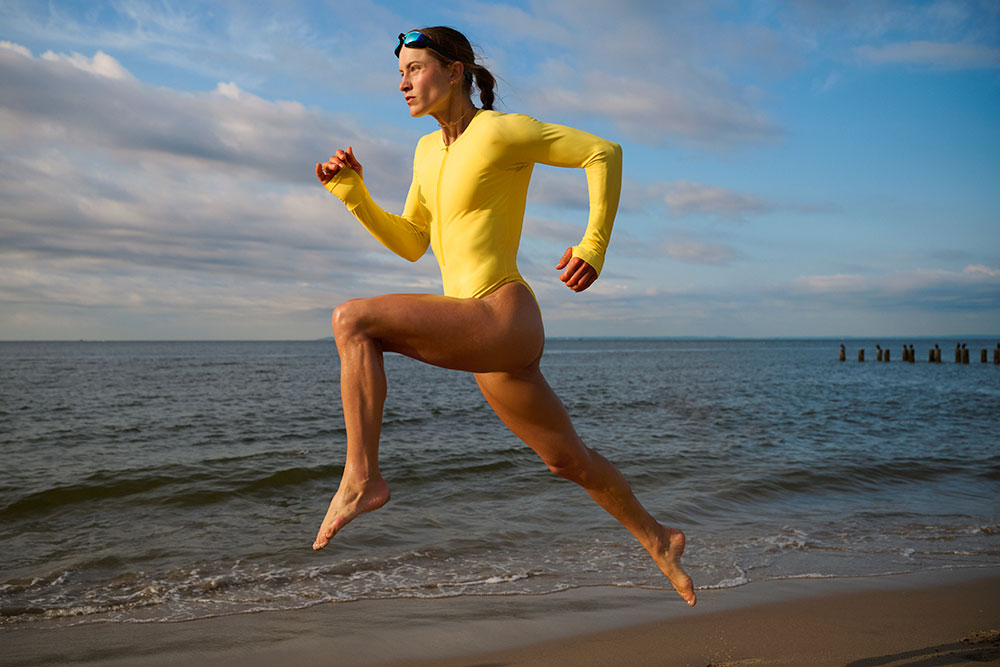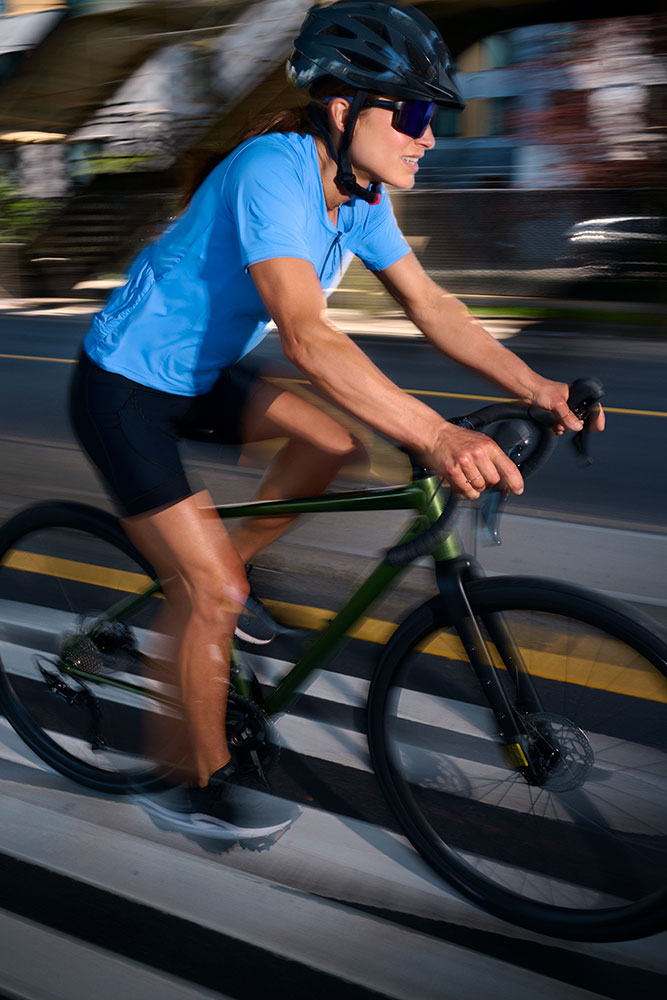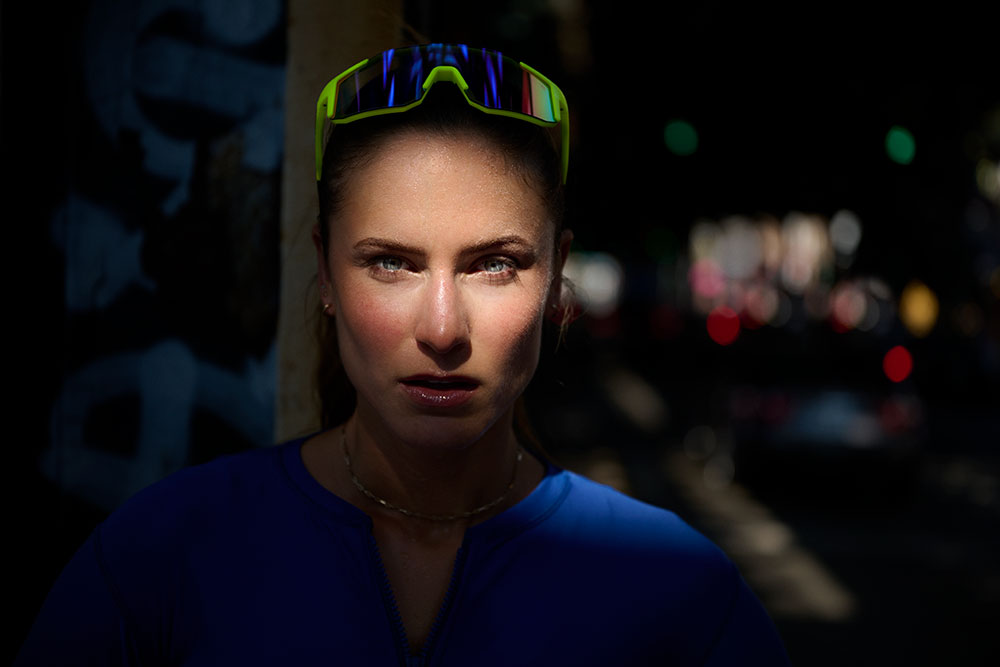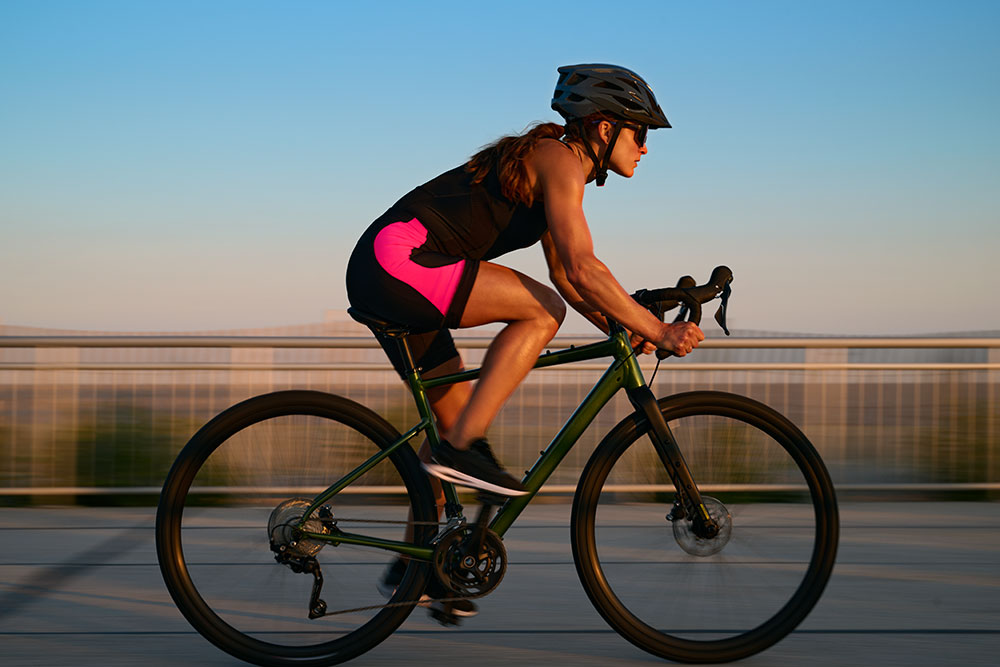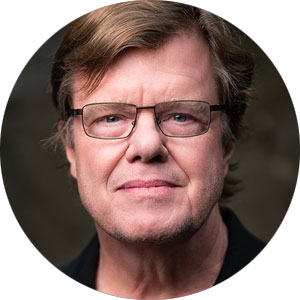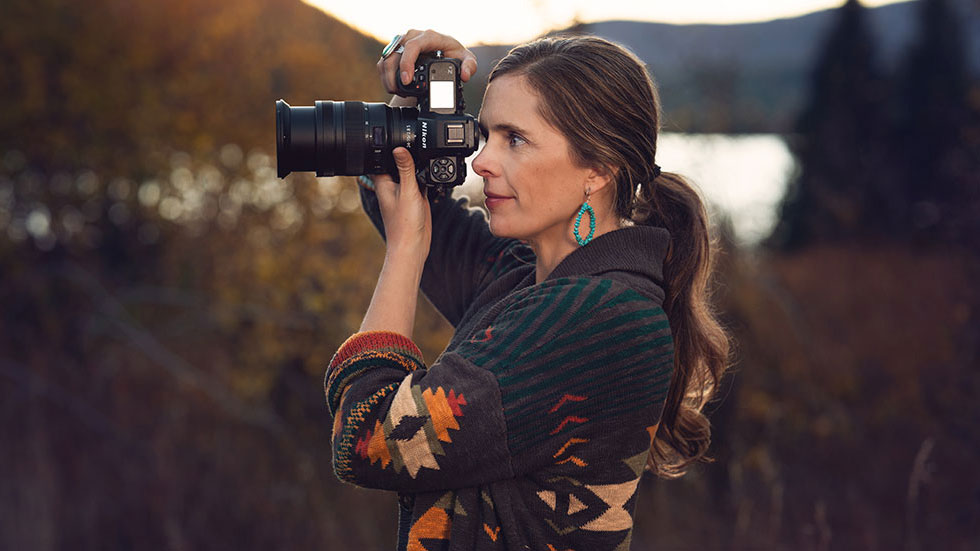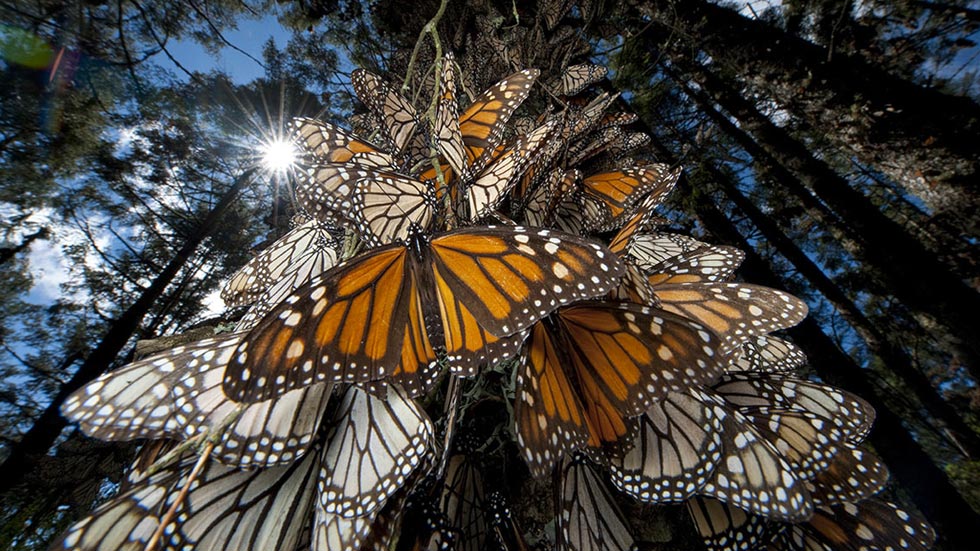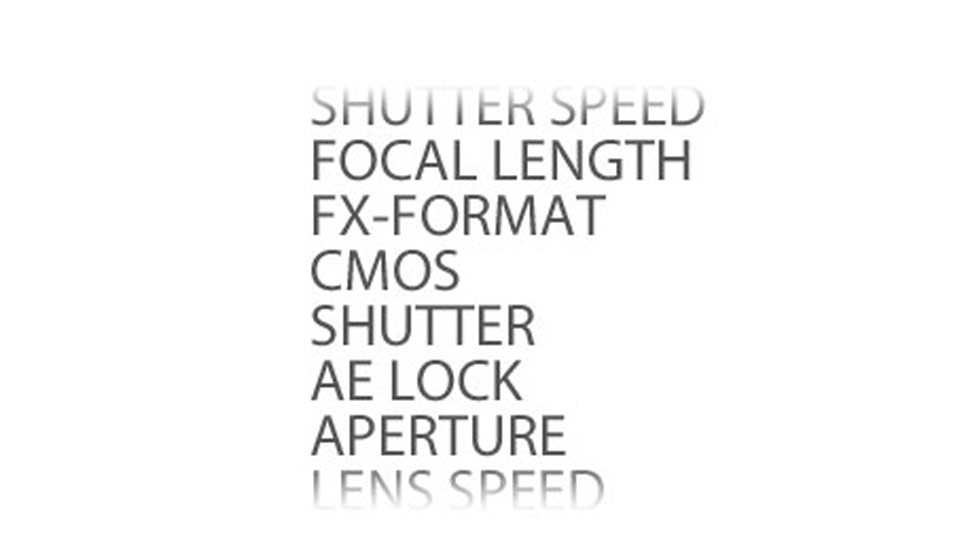Second Generation Lens: The NIKKOR Z 24-70mm f/2.8 S II Redefines “Essential”
Joe McNally considers the NIKKOR Z 24-70mm f/2.8 S II—the second generation of the Z 24-70mm f/2.8 S—“a whole new ballgame.” Check out exactly why it was an immediate add to his camera bag.
Start shooting with the NIKKOR Z 24-70mm f/2.8 S II lens and these bullet-point tech advances are immediately evident:
- Lighter weight, smaller size.
- Internal zooming.
- Five-times-faster AF.
- Closer focusing distance.
Which is why, early in the pre-dawn to post-sunset shoot that was Joe McNally’s first use of the lens, he knew he’d be placing an order for the new lens and selling his current 24-70mm f/2.8, which up to then had been his essential, don’t-go-on-assignment-without-it lens. “Essential” had been redefined.
And yes, we’re talking about the Joe McNally—the Nikon Ambassador who’s been almost everywhere and captured just about everything, from the changing of the light bulb atop the Empire State Building to operating-room, up-close images of brain surgery to intense coverage of Navy Seal Hell Week. Joe’s take on this lens is that it’s “practically a new optic,” and his use of “practically” doesn’t mean “nearly”; it means pragmatically.
“I shoot on assignment,” he says. “I could be photographing a CEO one day, an athlete the next.” He is a photographer without default settings, reacting to what the situation calls for with imagination and hard-won experience. What’s important is what works and what he can create. Which makes the new lens the new essential.
“The water wasn’t bad,” Joe says of his knee-deep, pre-sunrise situation. “It was probably around 5:00 a.m., and I’m going for a silhouette-style of photograph.” It would be among the first of “a definitely long day.” — (Photo by Vishwa Subick, with a Z 8 and a NIKKOR Z 135mm f/1.8 S Plena.)
Sunrise, shoreline of Brooklyn, New York. “If you want to be a top-tier athlete, you’re no stranger to this time of day,” Joe McNally says. “While the rest of us are in bed, you’re out there by yourself, no one else motivating you.” Joe chose this area because the pier pilings provided a graphic element to play against the expanse of ocean. Z 9, NIKKOR Z 24-70mm f/2.8 S II, 1/2 second, f/8, ISO 100, aperture-priority exposure.
The Big Differences
Over the years, versatility had made a 24-70mm NIKKOR Joe’s mainstay focal length. “The intimate range of a 24-70mm makes it a wonderful storytelling lens for the work I do,” he says, “and now, all of a sudden, this evolution occurs. I wouldn’t say the lens is ‘new and improved’—I’d call it a complete and total overhaul.”
The portrait shot, same location, 20 minutes later, with the setup angled to use the natural symmetry of the pilings. Z 9, NIKKOR Z 24-70mm f/2.8 S II, 1/320 second, f/2.8, ISO 800, aperture-priority exposure.
Here’s why:
- Faster Focus. The AF in the new lens is five times faster than the previous version, an improvement for photojournalism, sports, wildlife, environmental portraits, you-name-it. It’s a lens that will have no trouble keeping up with you no matter what you’re photographing.
- The Lore of the Rings. The 24-70mm f/2.8 S II has three of them: a zoom ring, a dedicated manual-focus ring and a really cool control ring. The first two are self-explanatory, but the third is called “control” because you can program it to set the f/stop, the ISO or exposure compensation. That’s handy, but not all there is to it. You can also set that ring to click to designate each setting change as it happens. Along with the sound you get the physical feel of a slight mechanical resistance, and that’s the real—and probably most useful—signal of the setting change. We think most pro shooters appreciate tactile feel more than sound. Of course, you can turn the click off for silent, smooth, no-resistance changes, which will be especially important for filmmaking.
The advantage of internal zoom came into play for this action shot and a previous pass when a wave smacked into Joe and Lisa. Z 9, NIKKOR Z 24-70mm f/2.8 S II, 1/800 second, f/5, ISO 640, aperture-priority exposure.
- Inside Moves. Internal zoom was one feature that Joe especially appreciated because it effectively makes the lens suitable for less-than-ideal—okay, call them “hostile”—environments. “I remember shooting the closing ceremonies of the Rio Olympics,” he says. “Open field, and it’s pouring rain, a massive downpour, and I’m using my 24-70 a lot, and when I zoom I’m pulling water into the electronics. The lens survived and it did the job, but internal zoom makes a lens a lot more rugged for rain, dust, sand, grit, ice—whatever’s coming at you.”
Eye AF and the Z 9 at ten frames per second got exactly what Joe was looking for: an athlete’s determination and power. Z 9, NIKKOR Z 24-70mm f/2.8 S II, 1/5000 second, f/4, ISO 320, aperture-priority exposure.
- Maintaining Its Balance. One more advantage of internal zooming: almost no change in the center of gravity. In fact, balance might be the primary benefit of internal zooming depending on the concerns of the photographer and the shooting conditions. It’s certainly a terrific benefit for filmmakers who use gimbals that have to be rebalanced if the center of gravity changes. Overall, balance means the 24-70mm S II provides zoom-lens versatility with the feel of prime lens handling. And since we mentioned prime lenses, we’d like to add that the NIKKOR Z 24-70mm S II approaches the sharpness and provides similar bokeh characteristics of a prime.
- Nice Touch. This isn’t a key element, but it’s a thoughtful convenience that joins the practical with the rugged. The HB-117 Lens Hood designed for the NIKKOR Z 24-70mm f/2.8 S II features a filter adjustment window you can quickly open to adjust, say, a neutral-density filter or a circular polarizer. So, no more removing the lens hood to get that done. And the lens hood can be mounted with the window on top or bottom to suit your preference.
Joe was roped into the back of a pickup truck for this image. “We’re underneath a viaduct, she’s in open shade, and I needed to drain as much daylight out of the scene as possible because I’m shooting an one-eighth second and it’s early afternoon, with bright sun everywhere.” Z 9, NIKKOR Z 24-70mm f/2.8 S II, 1/8 second, f/14, ISO 64, aperture-priority exposure.
I wouldn’t call the Z 24-70mm f/2.8 S II new and improved—I’d call it a complete and total overhaul.
“I got this in available light, at 70mm, under the elevated train in the Coney Island-Brighton Beach area. I zoomed in, wide open, on her eyes. It’s crazy the way that lens grabs close up.” The new 24-70mm’s close-focusing distance is 9.4 inches versus the previous version’s fifteen. Z 9, NIKKOR Z 24-70mm f/2.8 S II, 1/1000 second, f/2.8, aperture-priority exposure.
On the Job
The story Joe chose to tell with the 24-70mm f/2.8 S II was a “what it takes” narrative about an athlete’s training and testing of skills. The athlete is Lisa Chulich, and although she’s done the triathlon trio of run, bike and swim, she is primarily a top-level rock climber, a member of the U.S. Bouldering Team and a World Cup competitor.
“There was hardly any pedestrian traffic so I was able to sit on the boardwalk and Lisa could make runs past me.” Eye AF and f/8 for depth did the rest. Z 9, NIKKOR Z 24-70mm f/2.8 S II, 1/60 second, f/8, ISO 64, manual exposure.
“I’m always trying for photographs with an emotional component that rings true for the viewer,” Joe says of the shoot. “A story has to have a heartbeat, but it’s not a steady beat. You have to vary the scale, the various distances—go wide, go tight, get low, high, see action, get a pensive moment, look for emotion and beauty. It’s like putting together a piece of music that ranges all over the scale of someone’s emotional structure.”
Joe’s concept for the assignment proved to be a perfect test for the NIKKOR Z 24-70mm f/2.8 S II and its combination of zoom lens versatility and prime-lens handling.

